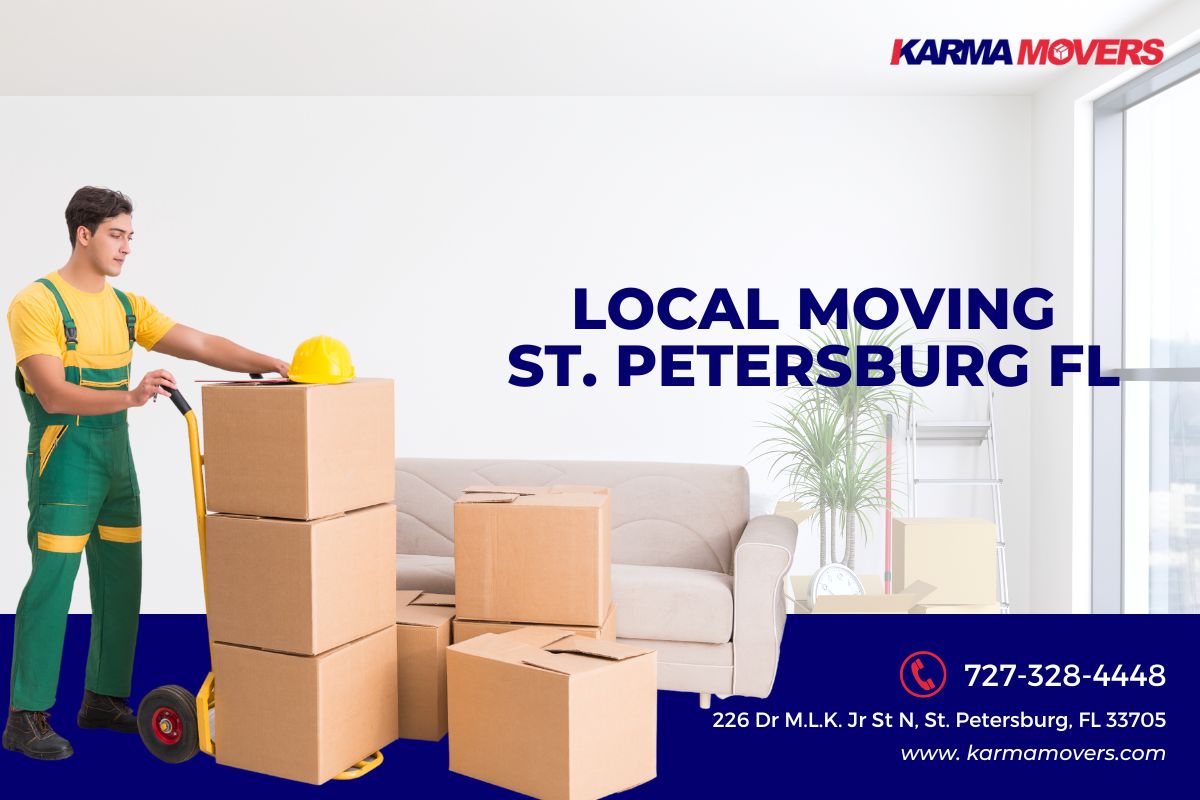
Introduction
Self-storage units provide a convenient solution for individuals and businesses to store their belongings when space is limited. Whether you're moving and need temporary storage st petersburg local moving companies or simply looking for a place to store your excess items, self-storage units offer a secure and website flexible option. However, maximizing the available space in these units can be a challenge. In this article, we will explore various strategies and tips for making the most of limited space in self-storage units.
How to Choose the Right Size Storage Unit
Choosing the right size storage unit is crucial in optimizing the use of limited space. Here are some considerations to keep in mind when selecting a size:
Assess your needs: Start by evaluating the amount of items you plan to store. Make a list of everything you want to keep in the unit and categorize them based on size and fragility.
Measure your belongings: Take measurements of your larger items such as furniture, appliances, and boxes. This will help you determine how much space you will need.
Utilize online tools: Many storage facilities have online calculators that can assist you in determining the appropriate unit size based on your inventory list.
Seek professional advice: If you're unsure about what size storage unit to choose, consult with a representative from the storage facility. They have experience in helping customers make informed decisions.
By carefully considering these factors, you can ensure that you don't waste valuable space by renting a unit that is too large or find yourself running out of room due to underestimating your storage needs.
Organizing Your Items for Maximum Space Efficiency
Once you've chosen the right size storage unit, it's time to organize your items efficiently to make the most of the available space. Here are some practical tips:
1. Categorize and label your belongings
Before placing any item into your storage unit, categorize them into groups based on their size, fragility, and frequency of use. This will help you identify which items should be placed at the front for easy access and which can be stored towards the back.
To keep track of your belongings, label each box or container with a detailed description of its contents. This will save you time when you need to find specific items later.
2. Utilize vertical space
Take advantage of the vertical space in your storage unit by stacking boxes and containers. Place heavier items at the bottom and lighter ones on top to prevent any damage. Use sturdy shelving units to create additional levels for storing smaller items.
3. Disassemble furniture and appliances
To save space, consider disassembling larger furniture pieces and appliances before storing them. Remove legs, detachable parts, and cushions to reduce their overall size. Keep screws, bolts, and other small hardware organized in labeled bags or containers.
4. Invest in storage organizers
Maximize space efficiency by utilizing storage organizers such as shelves, racks, hooks, and bins. These accessories can help you keep smaller items organized and prevent them from getting lost or damaged.
5. Optimize awkward spaces
Take advantage of any nooks or crannies within your storage unit that may otherwise go unused. For example, place long items such as brooms or fishing rods vertically against the wall. Use the space underneath tables or desks to store flat items like mattresses or wooden boards.
By implementing these organization strategies, you can make the most of the limited space in your self-storage unit while ensuring easy access to your belongings whenever needed.
Frequently Asked Questions (FAQs)
Q: How do I protect my belongings from damage in a self-storage unit? A: To protect your belongings from damage in a self-storage unit, consider using protective covers for furniture and appliances, wrapping fragile items in bubble wrap or packing paper, and placing moisture-absorbing packets to prevent humidity-related damage.
Q: Can I store hazardous materials in a self-storage unit? A: No, it is generally prohibited to store hazardous materials such as flammable liquids, explosives, and toxic substances in self-storage units. Always check with the storage facility for their specific guidelines on what can and cannot be stored.
Q: Can I access my self-storage unit at any time? A: Most self-storage facilities offer 24/7 access to your unit. However, some may have restricted hours or require advanced notice for access. It's important to clarify the facility's access policy before renting a unit.
Q: Are my belongings insured while in a self-storage unit? A: Storage facilities typically do not provide insurance coverage for your belongings. It is advisable to check with your homeowner's or renter's insurance provider to see if they offer coverage for items stored off-site.
Q: How long can I rent a self-storage unit? A: The rental duration for self-storage units varies depending on your needs and the facility's policies. Some facilities offer short-term rentals on a month-to-month basis, while others may require longer commitments.
Q: What should I do if I need additional space in my storage unit? A: If you find yourself running out of space in your storage unit, consider decluttering and donating items you no longer need or using vertical storage solutions such as stacking bins or shelves.
Conclusion
Making the most of limited space in self-storage units requires careful planning and organization. By choosing the right size storage unit, categorizing and labeling your belongings, utilizing vertical space, disassembling furniture and appliances, investing in storage organizers, and optimizing awkward spaces, you can maximize efficiency and ensure easy access to your stored items. Remember to follow the guidelines provided by the storage facility and take necessary precautions to protect your belongings. With these strategies in place, you can make the most of your self-storage experience.